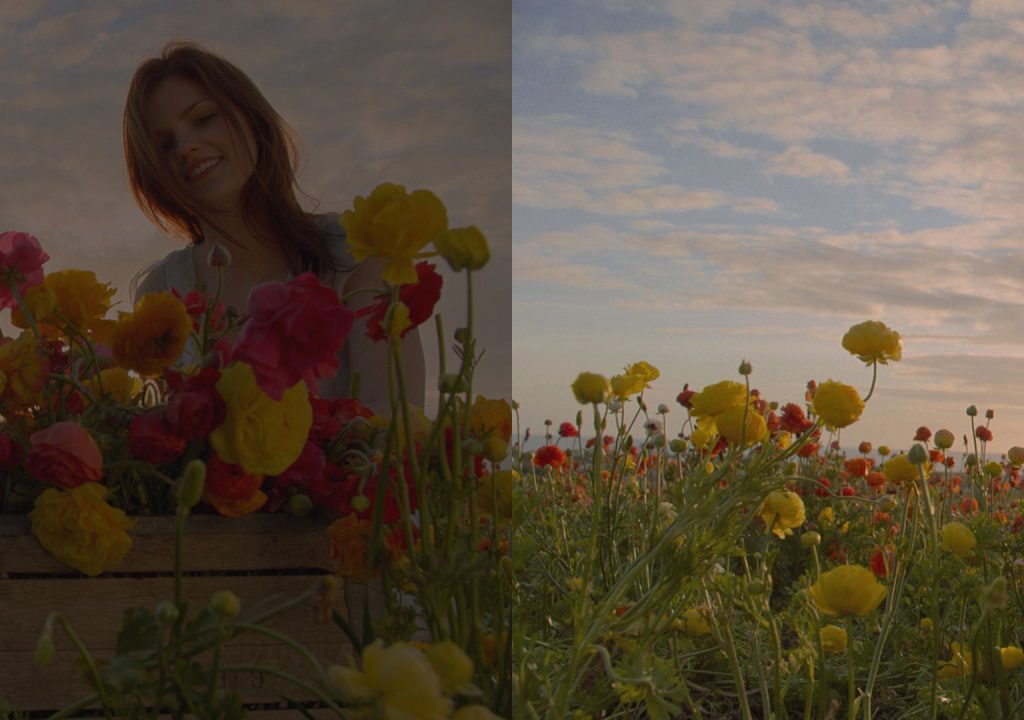Dolby Laboratories creates audio, video, and voice technologies that transform entertainment and communications in mobile devices, at the cinema, at home, and at work. They’ve already made several big announcements this year, and we wanted to learn more about these initiatives.
ProVideo Coalition: Dolby has seemingly been everywhere lately, from CES to NAB to Cine Gear. Has the focus for Dolby been around delivering a core message, or is it more about showcasing different products to a given audience?
Roland Vlaicu: Ever since we went public with our Dolby Vision launch at CES this year, we have been steadily adding elements in all areas of the ecosystem needed for Dolby Vision. As a technology, Dolby Vision has many touch points to enable the delivery of the true-to-life viewing experience. Expect to see many more proof points on this later this year.
How have you seen people's expectations change around what they expect to see from Dolby on an annual basis?
We are certainly seeing very positive reactions from people when they realize that Dolby is a lot more than the audio company they remember. At Dolby, we are in the business of transforming entertainment experiences that influence people’s lives. It is also great to see that people – while surprised in some cases – have full confidence that we are best positioned to deliver these.
Which group of people are more resistant to changes in the market…professionals or consumers?
Regardless of the environment, people believe in improvements to their experiences if they truly make a difference. And Dolby is all about making a difference. Typically, once we get our technologies or demonstrations in front of our audiences, be it consumer or professional, it does not take long for people to realize that they are in the middle of such an enhanced experience.
At NAB, we talked with Robert France about Dolby's Personalized Audio Experience. Do you see this “customized” experience becoming a more essential part of entertainment?
Absolutely. Especially in the case of traditional broadcast operators, it is very important for them to integrate the social part of the experience. Dolby’s technologies are tailored to enable this across a variety of platforms such as cable and satellite as well as Over-The-Top (OTT) delivery mechanisms. The tremendous interest we are seeing in our solutions that enable customized entertainment experiences is a strong proof point for this.
Tell us about Dolby Vision. What makes it different from the regular viewing experience?
Dolby Vision enables an unrivaled true-to-life viewing experience. Today’s video experience from broadcast across to Blu-Ray and OTT suffer from restrictions in the signal that was established 20 years ago, when the whole world was still watching cathode-ray-tube (CRT) televisions. Today’s TVs have vastly enhanced capabilities, as do modern digital movie cameras. The delivery system in the middle is clearly the bottleneck that prevents this enhanced quality from arriving in the home. Dolby Vision fixes this by enabling a delivery system that preserves the pristine quality of today’s production and delivers it to the home by utilizing all capabilities of modern television sets as well as mobile devices. The result is a transformed viewing experience that has to be seen to be believed.
Why is it essential that we talk about “better” pixels as opposed to more pixels?
Well, ideally, we would be talking about both. But if you take a look at what the industry is doing with UHD or 4K, there is still a lot of room for improvement across other vectors such as higher dynamic range and wide color gamut which is exactly what Dolby Vision’s “better pixels” are all about. And the beautiful thing is that “better pixels” don’t compete with “more pixels”, but instead they perfectly complement them.
We talked with Robert Carroll during Cine Gear and he mentioned Dolby has been working on the imaging side of things for a very long time. Was this something that was always part of the plan for Dolby, or did it develop in response to something?
Dolby has been in the imaging business for more than 10 years. At first, the motivation was to become a significant player when the world transitioned to digital cinema. We have clearly achieved this with our playback server and theatrical Dolby 3D solutions. But then we realized that there is more and that there is a better consumer experience to be had in the home as well. Dolby Vision has been in the works for more than 5 years, a significant investment for Dolby. But in the end it boils down to one skill that we know how to do really well but that is also extremely hard to do: building ecosystems from scratch. Creating win-win situations for our partners and ourselves is our day job and from a professional perspective, it is extremely rewarding.
In five years time, what will be the biggest difference for professionals in terms of how they approach their craft?
In conversations with creatives around Dolby Vision, it has become very clear that our efforts towards opening the floodgates of artistic freedom are clearly highly valued by directors and colorists around the world. We have seen this before when we enabled the world to go form stereo to 5.1 surround sound, but this is more extreme. If in 5 years, we have taken another leap towards increasing the creative palette, then we will have done our job.

